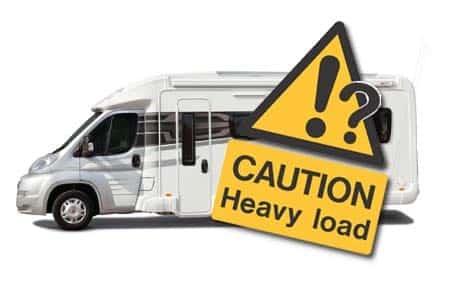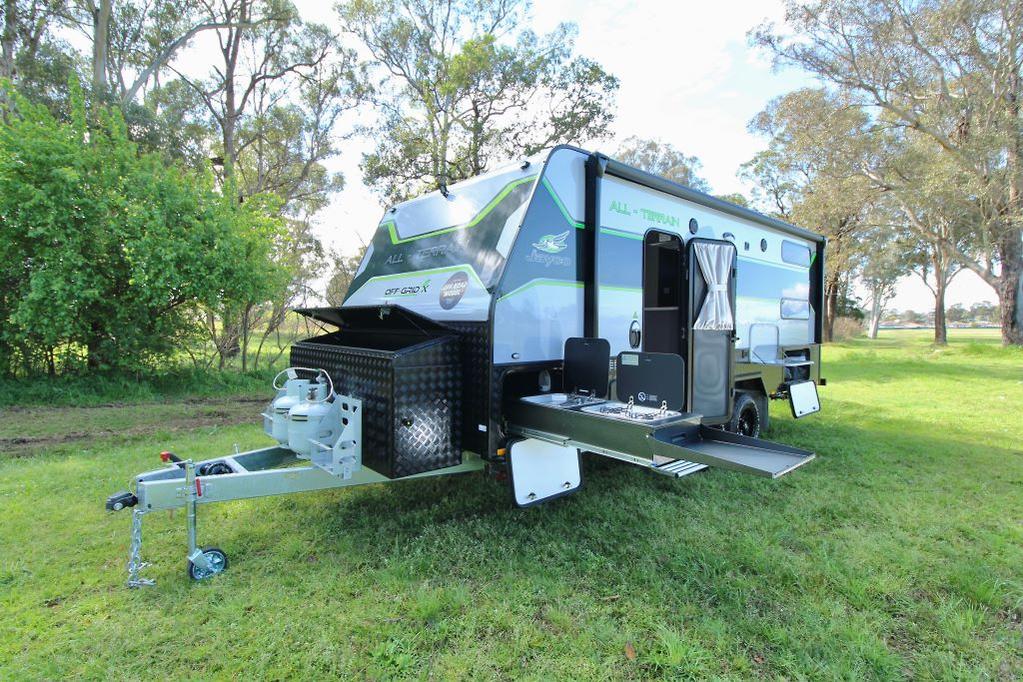The weight limits for heavy vehicles, such as motorhomes, under the Australian RV rules and regulations are a bit complicated. While your motorhome can have a large space for a comfortable campervan holiday, it should not be mistaken as unlimited storage because there are strict weight limits as to how heavy your motorhome can go.
It is important to understand the terms and figures related to your motorhome, especially when you plan to use this to tow your auxiliary vehicle and/or motorbikes behind you. Doing so will help ensure that your motorhome’s weight adheres to the safe and legal limits, especially when towing.
Weighbridge
A weighbridge is where you should weigh your vehicle. This provides an accurate measurement of how heavy your vehicle is. You can have the weight of your vehicle checked from a public weighbridge, then ask for a copy of the document that shows the vehicle registration number, weight details, and date when the weighing was done.
Actual Laden Weight
To find out the actual laden weight (ALW) of your motorhome, you have to load everything that you need inside the vehicle first and then visit a weighbridge. Ideally, the ALW must be lower than maximum technically permissible laden mass (MTPLM).
Maximum Technically Permissible Laden Mass
The maximum technically permissible laden mass (MTPLM), also known as maximum authorised mass (MAM), refers to the manufacturer’s legal maximum weight that a motorhome can weigh when fully loaded. This is usually indicated on a plate inside the van’s door.

Maximum Axle Weight
The maximum axle weight (MAW) refers to the maximum weight limit of both the front and rear axle, this is indicated on the data plates or in the handbook. You can check the actual weight of your motorhome’s front or rear axle by positioning the vehicle with either only the front wheels or rear wheels on the weighing plates at the weighbridge. The actual weight must not exceed the MAW.
Mass in Running Order
The mass in running order (MIRO) is the weight of the vehicle which includes some standard equipment, such as a full tank of fuel, essential liquids, and the driver weighing up to 75kg max. This weight does not include gas bottles and leisure batteries.
Gross Train Weight
The gross train weight (GTW) is the weight of your motorhome and the vehicle that you tow. This is applicable if you use your motorhome to tow another vehicle behind you. Exceeding the maximum GTW limit is illegal, so make sure to check your GTW at a weighbridge before you go on your road trip.

Noseweight Limit
The noseweight refers to the downward force applied by the coupling head of a motorhome or trailer onto the towball of the towing vehicle. The noseweight limit is typically specified in the owner’s handbook, which is usually between 5% to 7% of your motorhome’s ALW. You can purchase a noseweight gauge from a motorhome dealer to measure your motorhome’s noseweight.
Safe Campervanning
When loading your motorhome, try to stow heavy objects as low as possible. Also, try to keep the top lockers empty to avoid any danger from falling objects during the trip. Do not overload the rear of your motorhome, and secure small objects and loose items properly. By checking the weight of your motorhome and learning how to load the vehicle carefully, you can make your campervan holiday a safe, secure, and responsible expedition.
Contact us today by phone on (07) 3869 2969 or email info@allbrandcs.com.au to find the right motorhome weight limits for your needs.